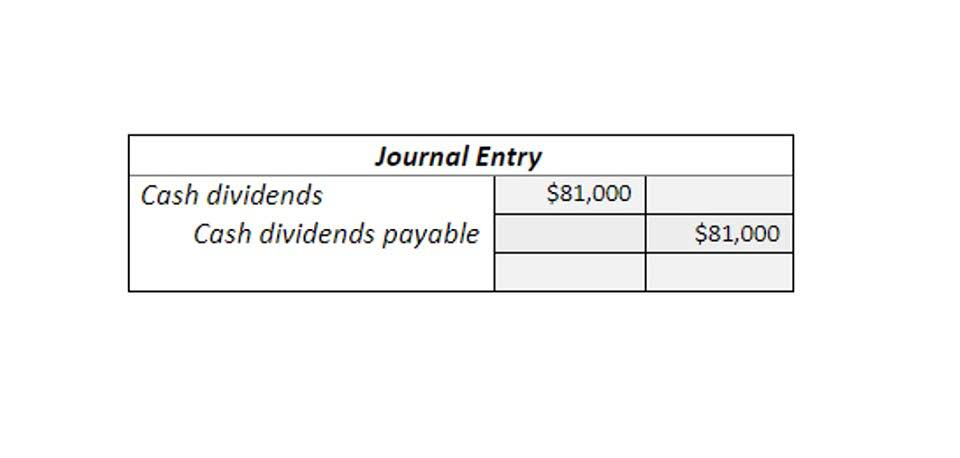Current Mortgage Rates for Jan 30, 2024: Rates Cool Off for Homeseekers

They can also be fixed or current — current assets can be converted to cash within a year, while fixed assets are for long-term use and aren’t easily converted to cash. Equity is the value of your company after deducting your liabilities from your assets. The dilutive effect of these securities can be calculated using the treasury stock method. To calculate the diluted shares outstanding, add the additional number of shares created due to the dilutive effect of securities on the basic securities outstanding.
- Almost everyone understands home equity — this private equity is the percentage of your home you own after paying down your mortgage.
- Still, a common shortcut for investors is to consider a return on equity near the long-term average of the S&P 500 (as of Q4 2022, 13.29%) as an acceptable ratio and anything less than 10% as poor.
- Although, this depends on your particular financial circumstances and the amount of equity available in your home.
- If a company doesn’t wish to hang on to the shares for future financing, it can choose to retire the shares.
- The fair market value of your home simply refers to what a homebuyer would likely pay for the property today.
- While frequently used in business operations, equity is a term that pops up in other places too.
Return on Equity is a two-part ratio in its derivation because it brings together the income statement and the balance sheet, where net income or profit is compared to the shareholders’ equity. The number represents the total return on equity capital and shows the firm’s ability to turn equity investments into profits. To put it another way, https://www.bookstime.com/ it measures the profits made for each dollar from shareholders’ equity. You’ll locate the company’s assets on the most recent balance sheet to calculate equity. Once you subtract the liabilities from the assets, you’ll have the shareholder equity. In accounting, a company’s assets will always equal its total liabilities and total equity.
Calculating Return on Equity (ROE)
The most common use of equity value is to calculate the Price Earnings Ratio. While this multiple is the most well known to the general public, it is not the favorite of bankers. The reason for this is that the P/E ratio is not capital structure neutral and is affected by non-cash and non-recurring charges, and different tax rates. However, there are certain industries where the P/E ratio and equity value are more meaningful than enterprise value and its multiples. These industries include banks, financial institutions, and insurance firms.
- You can look for and calculate the equity in everything from basic items to business enterprises and stock portfolios.
- The main danger of accessing your home equity through a line of credit loan is borrowing to a point where you can no longer service the monthly repayments.
- Debt, preferred stock, and minority interest are added as these items represent the amount due to other investor groups.
- When you input your address in an online estimator, the dollar amount you’ll get is an estimate of the property’s fair market value, which might not be the same as the home’s appraised value.
- HELOCs, however, come with variable rates subject to change based on a series of economic conditions.
- While retained earnings are an essential part of shareholders’ equity (as the current percentage of net earnings is not given to shareholders as dividends), they should not be confused with liquid assets like cash.
It’s always a good time to save for a down payment and improve your credit score to help you secure a competitive mortgage rate when the time is right. Home equity interest total equity formula rate is exactly that – the interest rate you’ll pay for borrowing from your home equity. Rates vary based on the lender, the product and the borrower’s creditworthiness.

